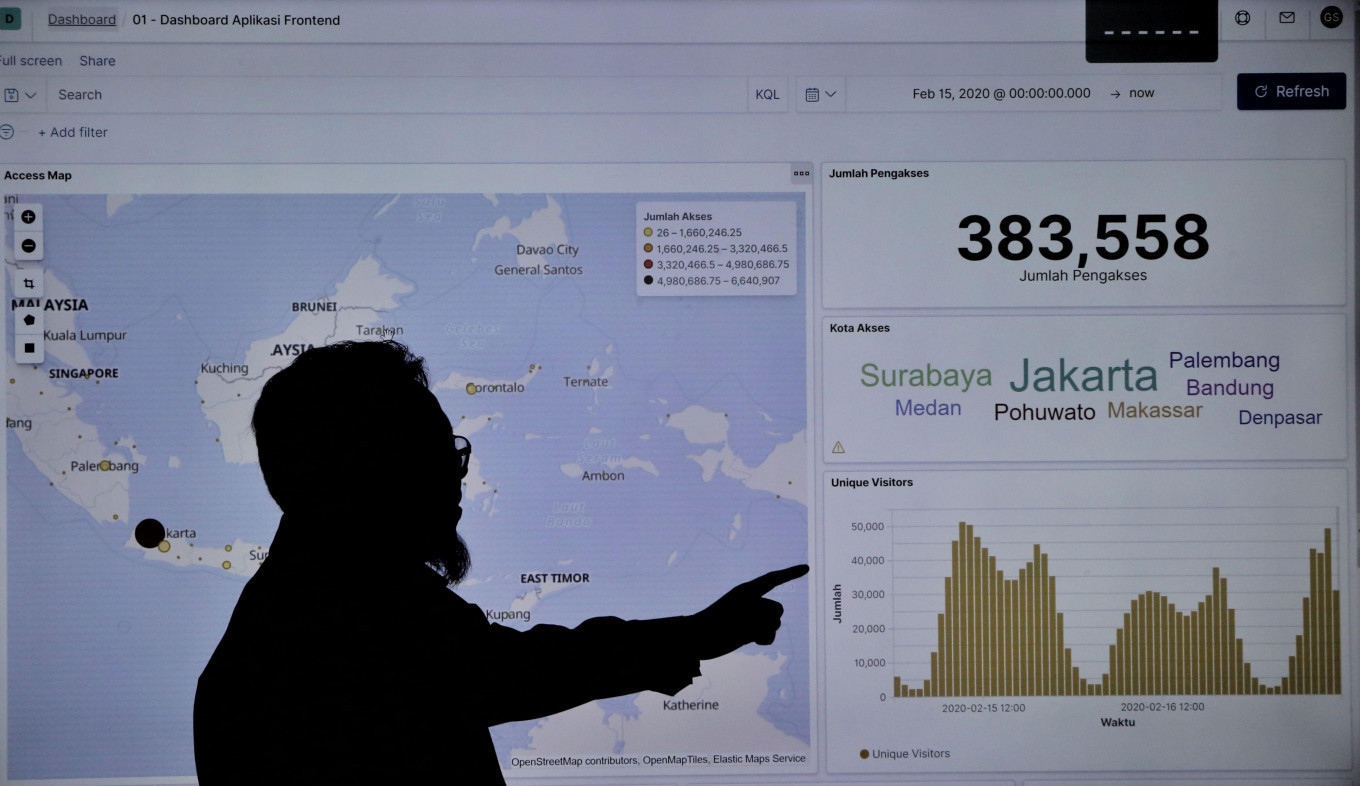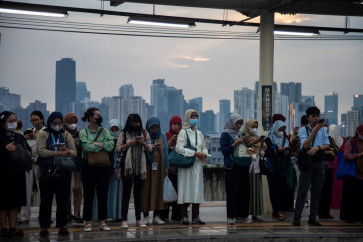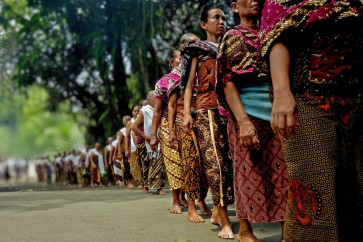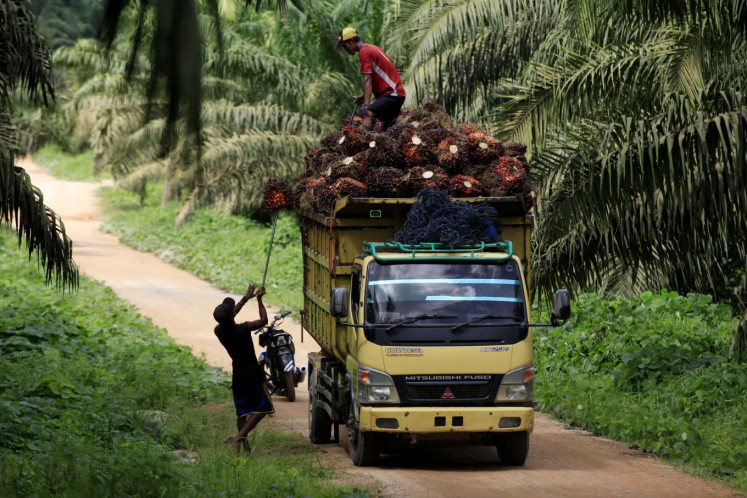Popular Reads
Top Results
Can't find what you're looking for?
View all search resultsPopular Reads
Top Results
Can't find what you're looking for?
View all search resultsBPS to release 2020 census early next year
Change text size
Gift Premium Articles
to Anyone
S
tatistics Indonesia (BPS) is working to release the results of the 2020 population census, which the research community and the government expect to mark a statistical milestone for the country, by the first quarter of 2021.
The agency is processing and verifying the data it collected on approximately 268 million Indonesians from February to early October.
“We hope the data processing will run smoothly without hitting a snag so that we can release the census results by the first quarter of next year,” Nurma Midayanti, BPS director for population and employment statistics, told The Jakarta Post.
The 2020 census is the country’s seventh decennial census since the survey’s establishment in 1961. It is intended to illustrate Indonesia’s demographics, which can be used to inform predictions about population developments such as fertility, mortality and migration.
This year marked the first time the national census was conducted both online and offline. It was also held in the middle of the COVID-19 health crisis.
BPS collected census data online from February to May, which involved 51.36 million people, or around 19 percent of the country’s population. The agency then conducted door-to-door interviews from Sept. 1 to Sept. 30 to cover the remaining 81 percent of the population, following a two-month delay as a result of the outbreak.
But the figures from the conventional census were preliminary results, Nurma said, adding that the agency could not provide further details until the data had been checked.
About 1.7 million census takers were deployed last month across three census zones in the country. The zones were determined by the methods the BPS used to gather data: dropping off and collecting household census forms and on-site interviews.
Conducting in-person visits, however, proved difficult for the census takers this year, Nurma said. This was partially because census takers had to convince people that they could participate in the interviews safely at home without fearing COVID-19 infection.
In several remote regions, including places that were affected by natural disasters last month, census takers made arduous journeys to reach individual households.
Others faced resistance from residents when gathering data in certain regions of Papua. On Sept. 14, for instance, some residents of Nduga regency reportedly snatched census forms from BPS workers in protest against the central government, which they said had failed them.
“These challenges made it difficult for us to gather the population data. We even had to extend our census to early October in some regions because of the predicaments,” said Nurma. “But we have sorted out these issues, so now we can proceed with the data processing,” she said.
While processing and checking the census data will take months, the government and population experts say they are excited to see the results, which they believe can be used as a stepping-stone to improve public policy through improved data use and demographic analysis.
An intercensal survey in 2015 projected that the country’s population would grow to around 266.9 million by 2019 and that it could leap to 319 million by 2045.
I Dewa Gede Karma Wisana, associate director of the University of Indonesia’s Demographic Institute, said this year’s population count would provide a good model for future censuses on how to use the internet and technology to gather population data effectively.
The census results, he said, would lay the groundwork for the government to draft future policies that would reap maximum benefits from the demographic dividend – the extra boost that an economy gets when the productive-age population outnumbers the nonproductive population. Indonesia’s productive-age population is projected to make up 70 percent of the national population by 2030.
Home Ministry director general for population and civil registration Zudan Arif Fakhrullah said the results of this year’s census would help the ministry update its civil registry, as people were sometimes “too lazy” to notify authorities about changes in their data.
Zudan said the census results would minimize discrepancies in the population data at different state institutions and improve development planning.
“The proper data will lead the country to make the right decisions, and that’s why we will update our civil registry data with the results of the BPS census,” he said.
Experts have criticized the current lack of reliable citizen data, saying it has hampered the distribution of COVID-19 social aid.










